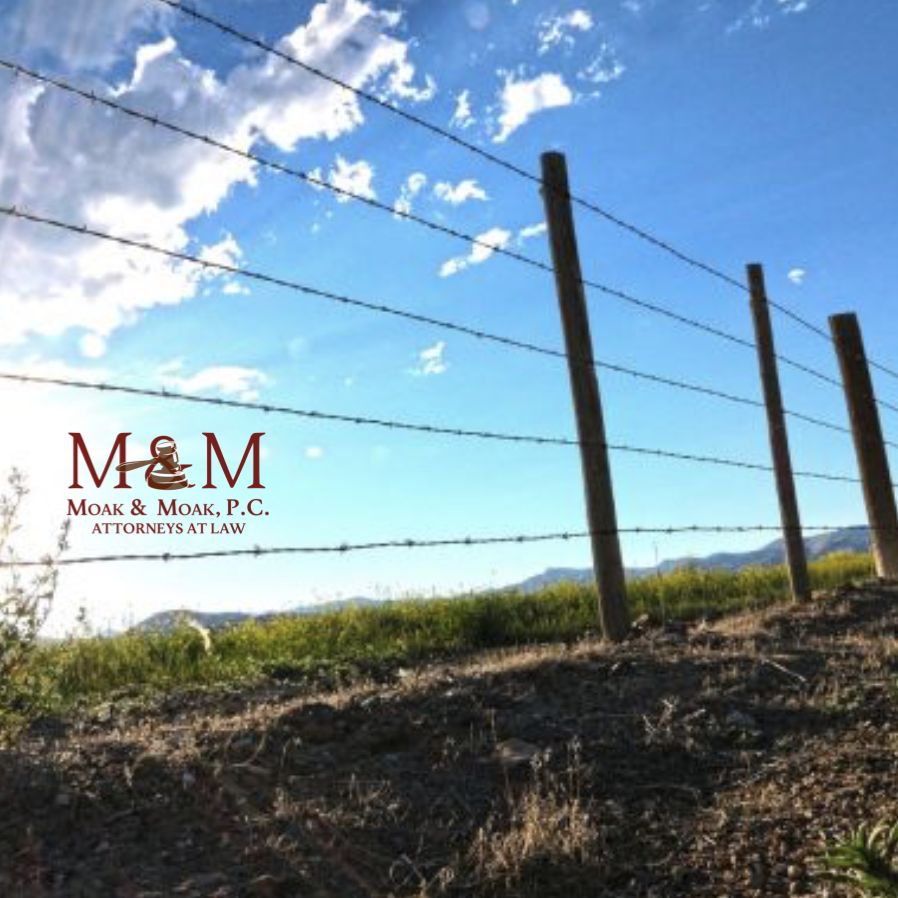An area of law I am often questioned about revolves around building, replacing and maintaining fences. So I thought it would be an excellent subject for a column this week.
Texas law does not require neighboring landowners to share in the costs or future maintenance of a boundary fence, unless a landowner has agreed to do so. In a Texas Supreme Court case, Nolan v. Mendere, 14 S.W. 167 (Tex. 1890), it states “If one proprietor encloses his land, putting his fence upon his line, the owner of the adjacent land may avail himself of the advantage thereby afforded him of enclosing his own land without incurring any liability to account for the use of his neighbor’s fence.” Landowners certainly can seek compensation from neighbors in building or repairing fences; However a landowner may not force cost sharing if the neighbor is unwilling to do so.
Texas Agricultural Code Section 143 addresses the removal of adjoining fences, when jointly owned fences may be removed, and when fences attached to jointly owned fences can be removed.
First, the statute states a person may not remove a fence that is a separating or dividing fence in which the person is a joint owner absent mutual consent from both parties. Generally, unless one party paid the costs to have a dividing fence built without any contribution from the neighboring owner, dividing fences would be considered jointly owned. This means if a landowner wishes to remove a fence dividing his property from his neighbor’s, consent from the neighbor would be required.
Second, the statute states a person may not remove a fence which is attached to a fence owned or controlled wholly or partially by another person, absent consent from the owner of the fence or upon giving 6 months notice. One way this could occur is if one landowner solely paid to build a dividing fence, making that fence his own property. If a neighboring landowner wished to remove a fence on that neighboring landowner’s own property that was attached to the dividing fence, he would have to obtain permission from the owner of the dividing fence or give 6 months written notice prior to the removal.
Finally, a person who owns a fence wholly on his or her own property may require an owner of an attached fence to disconnect the fence by giving 6 months written notice. An example where this could arise is if a person built a dividing fence not on the property line, but inside his or her own property. In that situation, the property owner would own the fence and could require disconnection of adjoining fences by giving 6 months’ notice.
Fence law is a topic of frequent interest and confusion for landowners. Before you “assume” you know the way “it should be,” contact an attorney familiar with real estate law. It could save you a great deal of hassle and save a friendship with a neighbor. After all, “Good fences make good neighbors,” Robert Frost.
Sam A. Moak is an attorney with the Huntsville law firm of Moak & Moak, P.C. He is licensed to practice in all fields of law by the Supreme Court of Texas, is a Member of the State Bar College, and is a member of the Real Estate, Probate and Trust Law Section of the State Bar of Texas. www.moakandmoak.com

